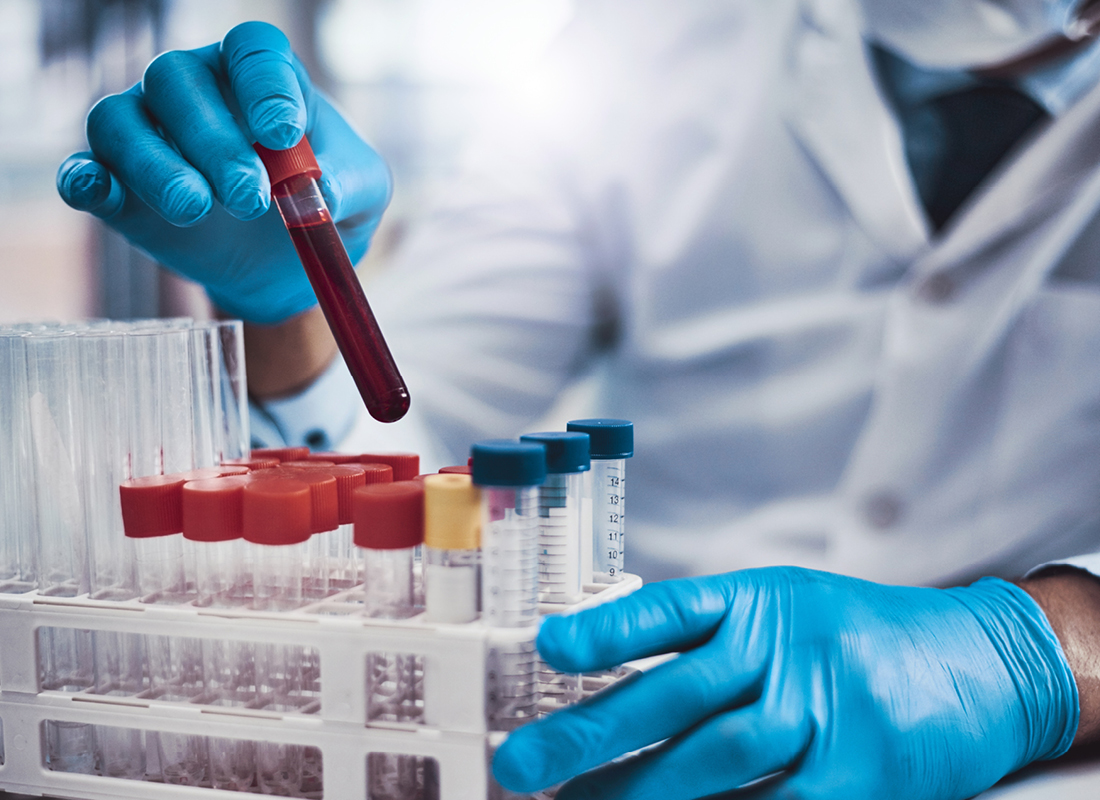LDTs: FDA Approves First NGS Residual Cancer Detection Test
From - National Intelligence Report The FDA broke new ground by allowing marketing of Adaptive Biotechnologies' ClonoSEQ assay, a next generation sequencing (NGS)-based test for… . . . read more

The FDA broke new ground by allowing marketing of Adaptive Biotechnologies’ ClonoSEQ assay, a next generation sequencing (NGS)-based test for minimal residual disease (MRD) in patients with acute lymphoblastic leukemia (ALL) or multiple myeloma.
The ClonoSEQ Assay
ClonoSEQ, which uses NGS technology to assess disease burden, is the first and only assay to be cleared by the FDA for MRD assessment in any lymphoid cancer and the first FDA-cleared diagnostic assay powered by immunosequencing.
“Determining whether a patient has residual cancer cells remaining after treatment provides information on how well a patient has responded to therapy and how long remission may last. Having a highly sensitive test available to measure minimal residual disease in ALL or multiple myeloma patients can help providers manage their patients’ care,” noted FDA Commissioner Scott Gottlieb, M.D.
PCR v. NGS
MRD is a general measure of the amount of cancer in the body (tumor burden), specifically the number of cancer cells that remain in a person’s bone marrow, either during or after treatment. Measuring MRD provides a tool to detect very low levels of tumor burden. MRD is useful to evaluate in patients who have responded to therapy when their tumor burden is below what can be detected with standard methods. The detection of MRD is associated with recurrence of the disease in those patients. Currently, providers test for MRD using diagnostics called flow cytometry assays or polymerase chain reaction (PCR)-based assays. Those methods are usually capable of measuring MRD down to 1 in 10,000 or 1 in 100,000 cells.
By contrast, ClonoSEQ is an in vitro diagnostic that uses multiplex PCR and NGS to identify and quantify certain gene sequences in DNA extracted from bone marrow from patients with ALL or multiple myeloma. The ClonoSEQ assay measures the amount of MRD and is capable of detecting MRD at levels below 1 in 1 million cells.
“MRD testing provides patients with real-time insights about their response to therapy or the depth of their remission, therefore the MMRF is deeply committed to this important advancement in patient care,” noted Paul Giusti, president and chief executive officer of the Multiple Myeloma Research Foundation. “The sensitivity of the test is extremely important, as the number of cells remaining after treatment has been linked to patient outcomes. This clearance provides patients and physicians with access to a highly sensitive, standardized MRD test that can be an important tool in guiding treatment decisions.”
Subscribe to view Essential
Start a Free Trial for immediate access to this article